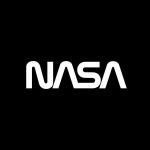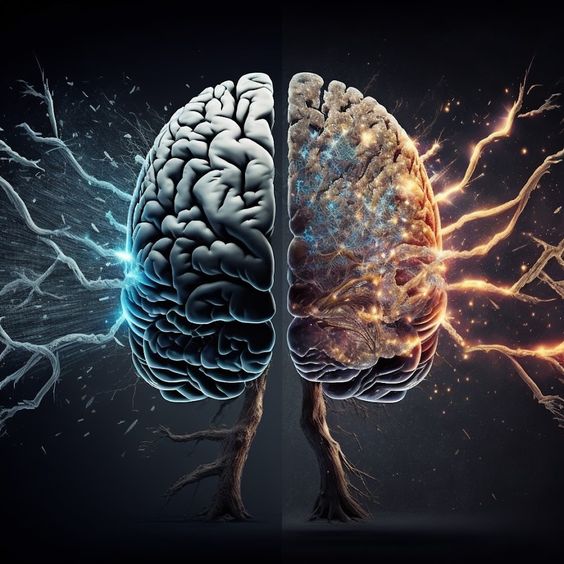NASA, the National Aeronautics and Space Administration, stands at the forefront of space exploration, pushing the boundaries of human knowledge and technology. Since its establishment in 1958, NASA has played a pivotal role in advancing our understanding of the universe, Earth, and the potential for human exploration beyond our planet.

Early Years and the Apollo Program:
NASA’s journey began with the Mercury and Gemini programs, laying the groundwork for human spaceflight. However, it was the Apollo program that captured the world’s imagination. On July 20, 1969, NASA achieved an unprecedented feat as the Apollo 11 mission successfully landed humans on the Moon, with Neil Armstrong’s iconic words, “That’s one small step for [a] man, one giant leap for mankind.”
Space Shuttle Era:

The Space Shuttle program, inaugurated in 1981, marked a new chapter for NASA. The shuttles became workhorses, carrying satellites into orbit, conducting scientific experiments, and assembling the International Space Station (ISS). Despite triumphs, the program faced challenges, notably the tragic loss of the Space Shuttle Challenger in 1986 and Columbia in 2003.
International Collaboration and the ISS:
NASA’s commitment to international collaboration became evident with the construction of the ISS. Partnering with space agencies from Europe, Russia, Japan, and Canada, NASA created a space laboratory where scientific research transcends national borders. The ISS has been instrumental in studying the effects of long-term space habitation and fostering cooperation in the cosmos.
Mars Exploration:
Mars has long been a focal point for NASA’s robotic exploration efforts. Landers like Viking and rovers like Sojourner, Spirit, Opportunity, and Curiosity paved the way for the Perseverance rover, which landed on Mars in February 2021. Perseverance aims to search for signs of past life and prepare for future human exploration.

Artemis Program:
Looking beyond Mars, NASA has set its sights on returning humans to the Moon through the Artemis program. Named after the twin sister of Apollo, Artemis aims to land the first woman and the next man on the lunar surface by the mid-2020s. This ambitious initiative serves as a stepping stone for future crewed missions to Mars.
Earth Science and Climate Change:
NASA’s commitment extends beyond space exploration to understanding Earth itself. Through Earth-observing satellites and research missions, NASA monitors climate change, studies natural disasters, and provides valuable data for environmental research. The agency plays a crucial role in global efforts to address climate-related challenges.
Commercial Partnerships:
In recent years, NASA has embraced commercial partnerships, collaborating with private companies to transport astronauts to and from the ISS. The Commercial Crew Program, featuring companies like SpaceX and Boeing, represents a new era of space travel, with private enterprises working hand in hand with NASA.
Inspiration for the Future:
NASA’s legacy is not only about scientific discoveries and technological advancements but also about inspiring generations to dream big. From the iconic images of Earth from space to the perseverance of rovers on distant planets, NASA continues to captivate minds and instill a sense of wonder about the universe.
As we look to the future, NASA remains a beacon of innovation, exploration, and human achievement. From the Moon to Mars and beyond, the agency continues to push the boundaries of what is possible, inviting humanity to join in the quest for knowledge and the exploration of the cosmos. NASA’s journey is far from over, and the next chapters promise even greater discoveries and advancements in our understanding of the universe.








